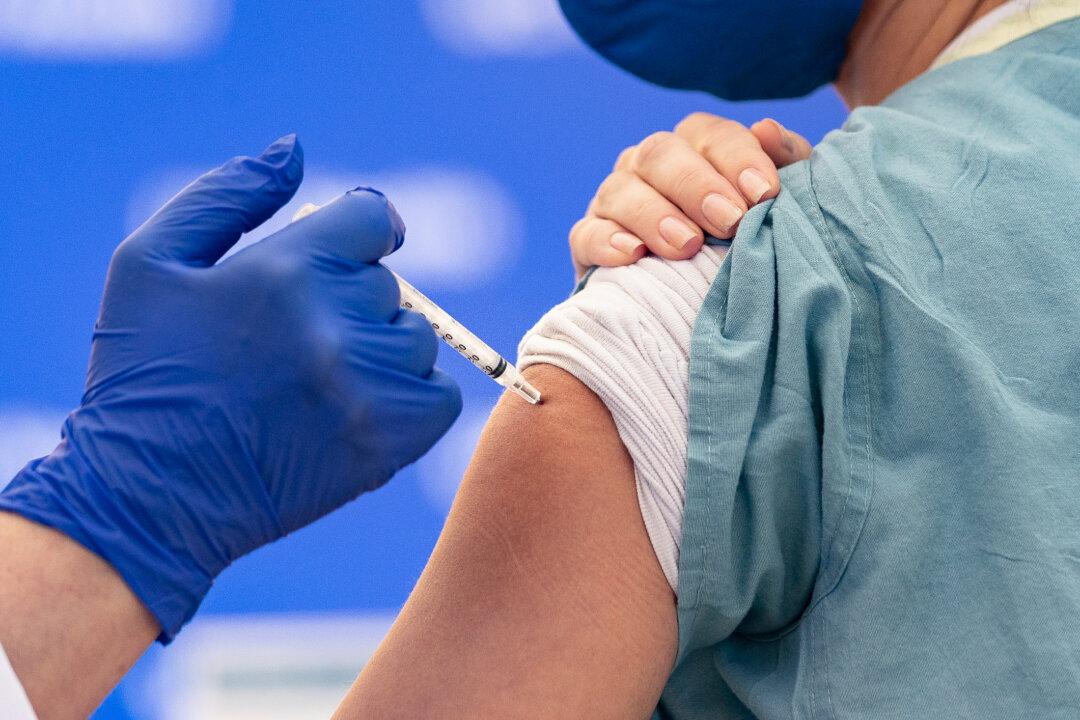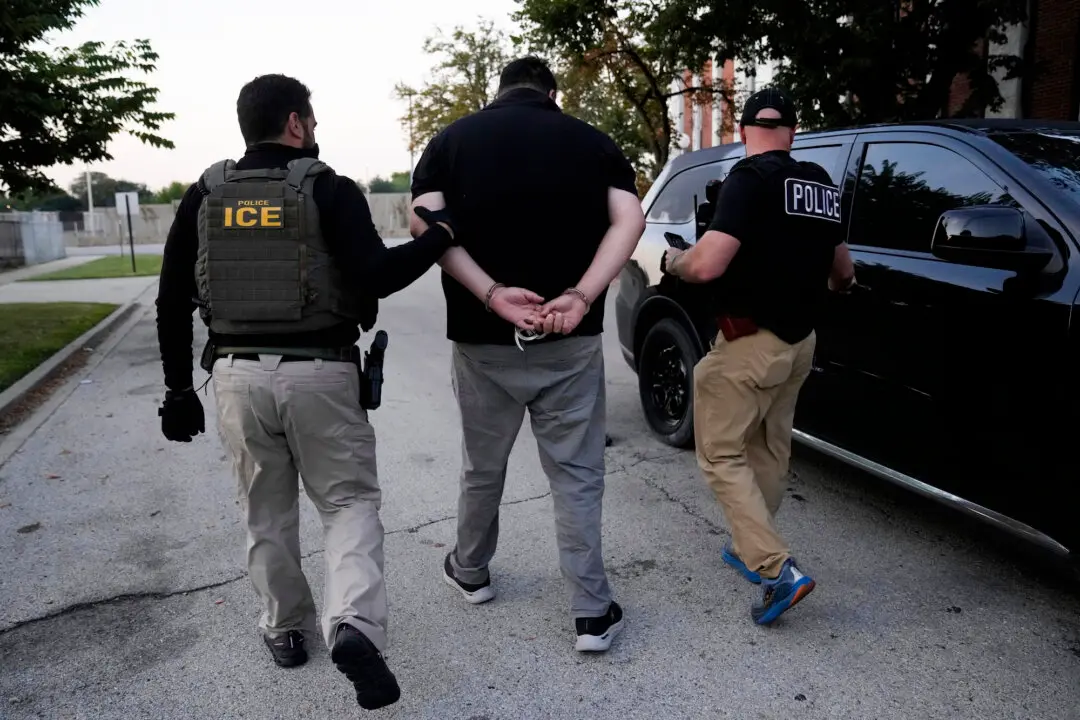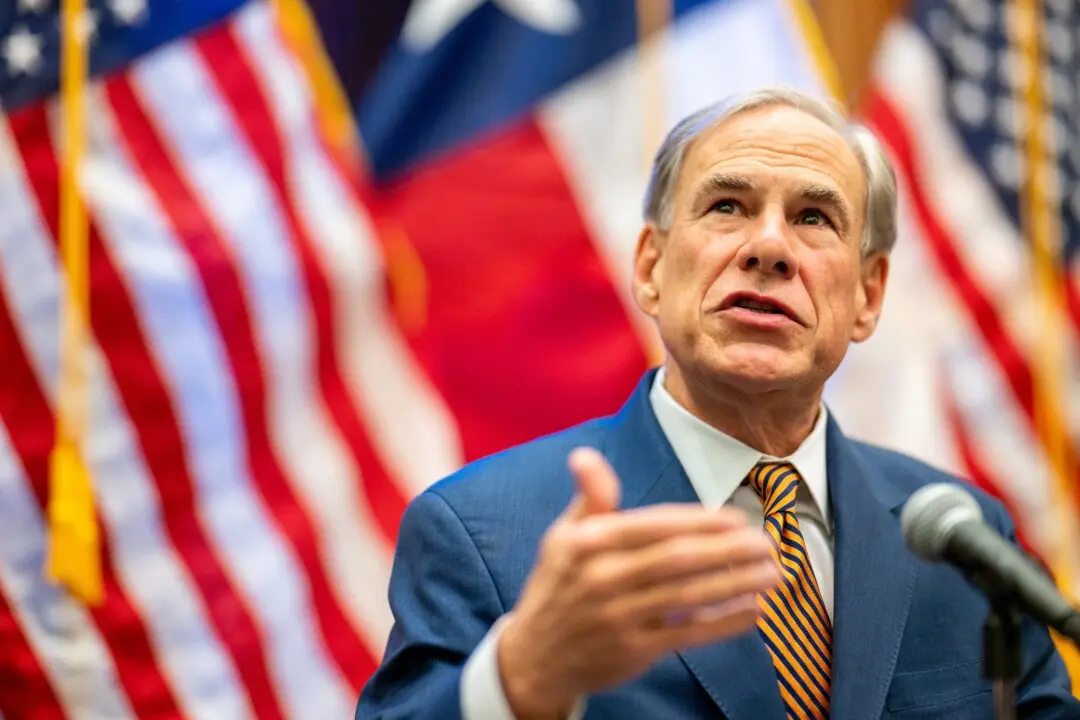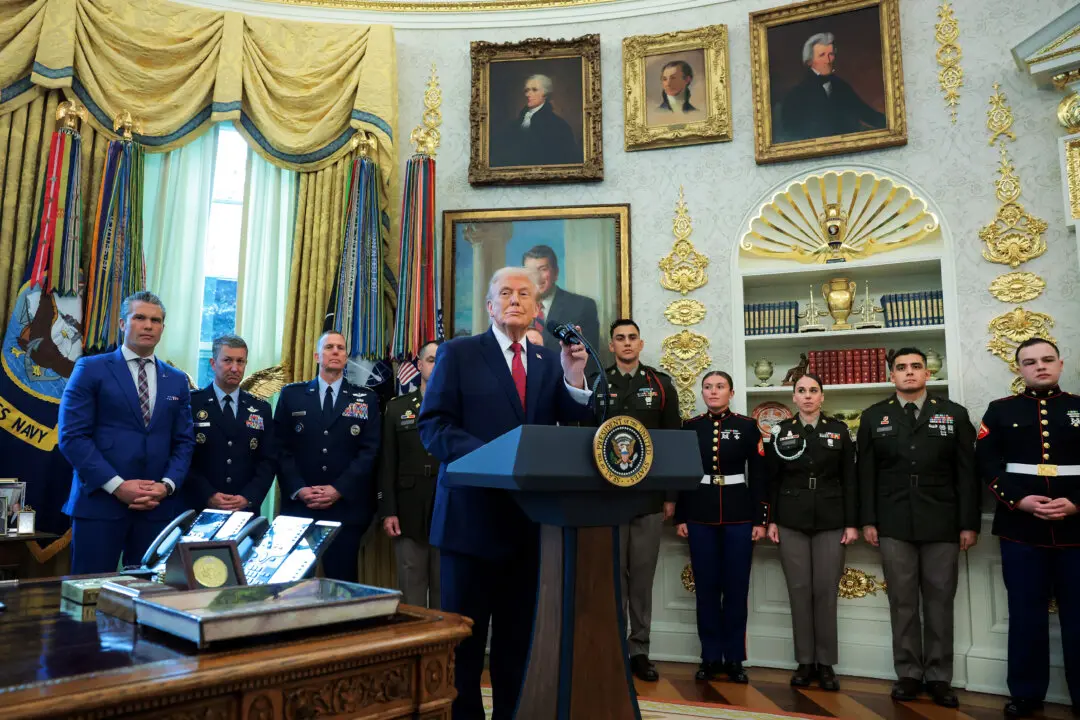The U.S. Department of Health and Human Services (HHS) has launched a new program to assist the uninsured in accessing COVID-19 care, such as vaccines and anti-viral medications.
According to the agency’s April 18 press release, the HHS Bridge Access Program For COVID-19 Vaccines and Treatments was set up to promote access to COVID-19-specific care as the responsibility for vaccine and other medication distribution transitions from governmental to the private sector.





